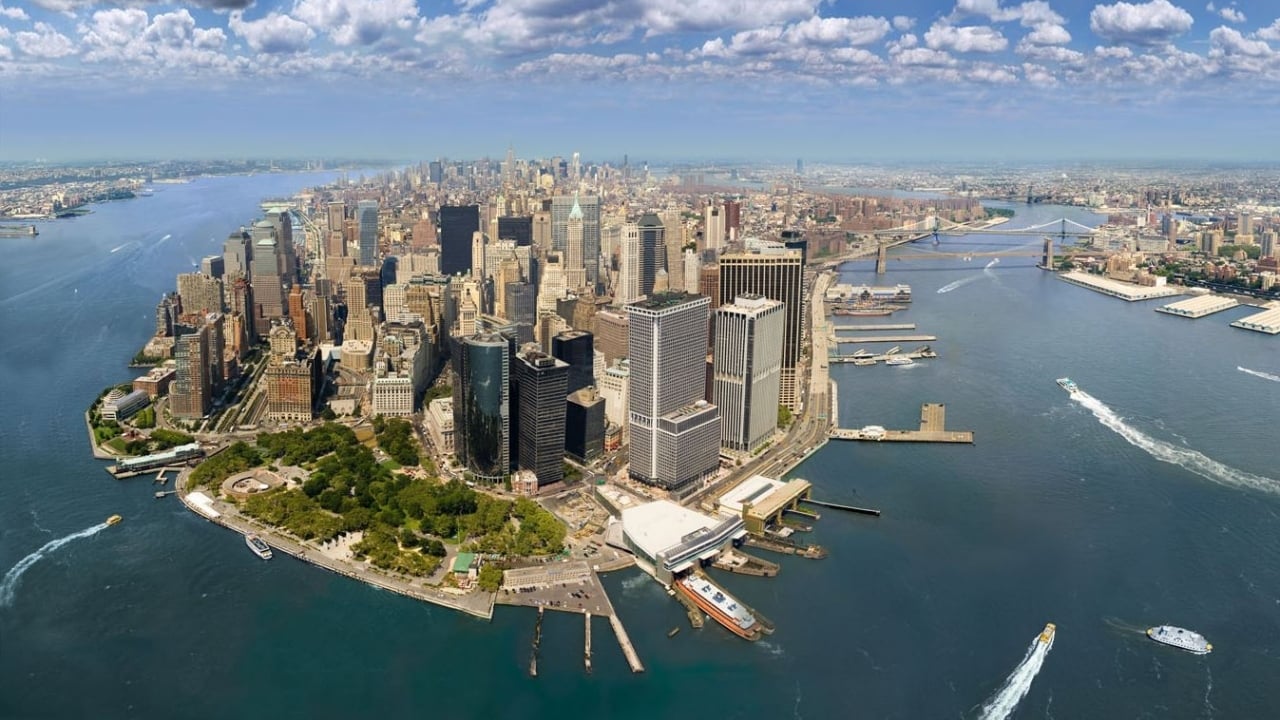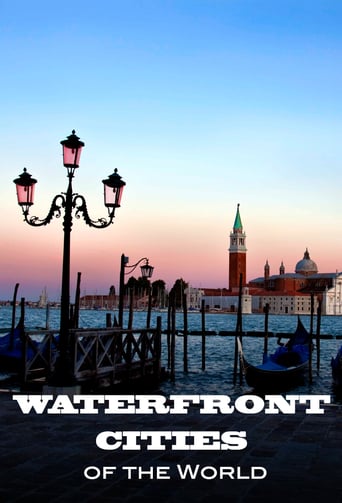Waterfront Cities of the World Season 2

As seen through the eyes of world-famous photographer Heidi Hollinger, we set off to discover vibrant port cities and capture their true essence and soul. Settled centuries ago when boat travel was the only means of communication, these ports have developed into commercial and cultural metropolises, rich in their unique history. Native and new residents alike share with us the love and charm each city has to offer.
Watch NowWith 30 Day Free Trial!
Waterfront Cities of the World
2011 / TV-PG


As seen through the eyes of world-famous photographer Heidi Hollinger, we set off to discover vibrant port cities and capture their true essence and soul. Settled centuries ago when boat travel was the only means of communication, these ports have developed into commercial and cultural metropolises, rich in their unique history. Native and new residents alike share with us the love and charm each city has to offer.
Watch Trailer
With 30 Day Free Trial!
Waterfront Cities of the World Season 2 Full Episode Guide
Tokyo Bay is the largest agglomeration in the world, comprised of 26 cities, 23 wards, 5 sub-prefectures, 8 villages and several islands; its 34-million population increases by 2.5-million people during the day.
Discover the beauty and complexity of Hong Kong through the lens of renowned photographer Heidi Hollinger as she explores the essence of this vibrant city to capture its spirit and soul.
After rebuilding itself, Panama City is becoming a popular retirement destination.
Salvador de Bahia's culture including street parties and capoeira.
Boston has a high concentration of higher education and research institutes.
The symbol of new Russia, St. Petersburg is a link between a large inaccessible country and the world.
Valletta, the capital of Malta, is undoubtedly the smallest city to be explored by the series…but it’s definitely worth the trip. Officially recognised by UNESCO as a World Heritage Site in 1980, Valletta was founded in 1565 and provided a safe haven for just about anyone.
It is said that Copenhagen is primarily designed for its people: it’s very practical and very down to earth. In the Danish capital, everything works extremely well. In terms of energy, the city has done its homework and now ranks among the world leaders in generating clean energy and sustainable development. In the port of Copenhagen, 27 windmills adorn the landscape. But the port here isn’t an industrial mess – between the ships, the water is clean, and the docks are used by locals for casual family swimming.
Nestled between the sea and mountains, Vancouver is both a city of water as well as an outdoor haven, which explains its citizens’ obsession with sports. Just 125 years ago, this city was virgin forest and Heidi finds out how such a young city managed to develop in population, size and importance in such a short time.
Land of oranges, Valencia is a critical city of importance for Spain. Its strategic location on the Mediterranean attracted Greeks, Romans and Moors - who have all taken turns at its control. During the Roman Empire, Valencia was a supply restocking city for ships, and a major trading hub. Today, with its parks and long beaches, Valencia has no car congestion, just the sea and the perfect climate.
In a city that keeps growing, the question for Istanbul is "where to put all the people?" Due to the high density and historical importance of its buildings, creating or renovating structures is an issue. But the city continues to welcome an eclectic group of cultures - booming economically and socially - and becoming one of the most dynamic cities in the world.
For several years, Singapore has been neck and neck with Shanghai as the largest port in the world. Made of 64 islands on a territory about the size of Toronto, Singapore is also a country. Fifty years ago, the archipelago of tropical forests was covered in tiny wooden houses - it is now one of the world's most eccentric and vibrant cities, host to some of today's most ambitious architectural projects.
Known for its gondolas, its sunsets and amazing light, Venice is the world's only medieval city still standing today. For 1000 years, Venice was a trading capital, an economic power linked to the sea. It was the centre of activity and the warehouse for tradesmen, seamen and artisans. But annual floods and 21-million tourists a year are compromising the city on stilts, and Venitians struggle to find a solution.
Free Trial Channels
Seasons























